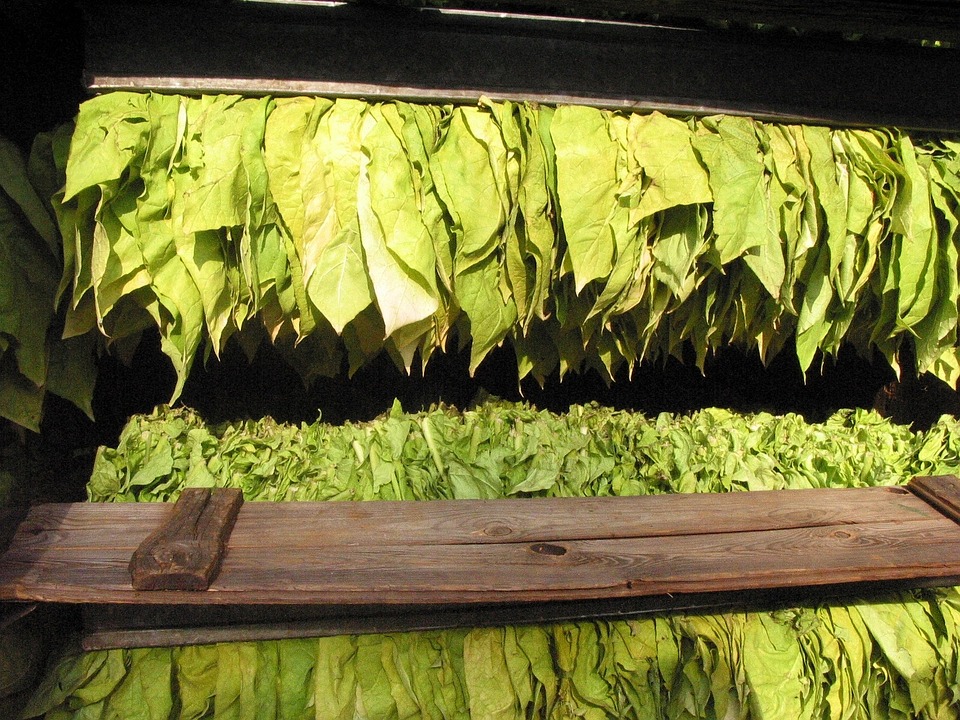Chewing Tobacco and Health By George S Davis

Chewing Tobacco and Health By George S Davis
The Habit
The habit of chewing tobacco has a long history and was practised by the Native American Indians long before the arrival of
European settlers. Chewing tobacco became increasing popular in North America during the 19th century. Typically a wad of
tobacco was chewed and the juices periodically expelled by spitting. The act of chewing releases nicotine which is then
absorbed through the moist lining of the mouth. Chewing tobacco has always had an association with American baseball and
players would use their spittle to moisten the ball to produce spin. Several famous baseball stars succumbed to the habit,
including the hard hitting and hard drinking, Babe Ruth. Chewing tobacco began to lose popularity amongst the general
American population as smoking became the favoured means of obtaining nicotine. However, the widespread realisation of
the health hazards of smoking since the 1970's has resulted in a resurgence of chewing tobacco use. Today, most consumers
of smokeless tobacco have switched to 'dipping' tobacco. In this form, powdered tobacco is placed in a small pouch which is
not chewed but placed between the cheek and gum. Chewing tobacco is also popular in India and is mixed with betel nuts or
lime. Chewing tobacco has never been common in Europe, although popular with coal miners, for obvious reasons.
The Health Hazards
So is smokeless tobacco a safer alternative to smoking cigarettes? The obvious point is that smokeless tobacco contains
nicotine and if the user stops they will experience nicotine withdrawal and cravings. In this way it is no different from smoking
tobacco. In fact, quit rates from smokeless tobacco are similar to that found in cigarette smokers. Chewing tobacco contains
at least 30 known carcinogens, or cancer causing compounds. Tobacco chewers are at particularly high risk of developing oral
cancers, involving the gum, tongue or cheek areas. Treatment is mainly by surgical excision and often results in severe facial
disfigurement. As carcinogens can be absorbed through the lining of the mouth, there is a higher risk for cancers at distant
sites, such as the pancreas and bladder.
And it Gets Worse
Smokeless tobacco discolours teeth and may cause tooth decay and gum damage. The habit has been linked to the formation
of pre-cancerous lesions in the mouth, called, leukoplakia. Leukoplakia leads to oral cancer in about 5% of cases. Chewing
tobacco may have adverse effects on reproductive health and has been shown to reduce sperm counts in men and to
decrease birth weights in pregnant women. It is also associated with bad breath and the constant habit of expelling tobacco
juice is decidedly unattractive.
The Bottom Line
Smokeless tobacco is not a safer alternative to smoking tobacco. All forms of tobacco constitute a health hazard, no matter
how they are consumed or used.
By George S Davis
Article Source: http://EzineArticles.com/6507482
